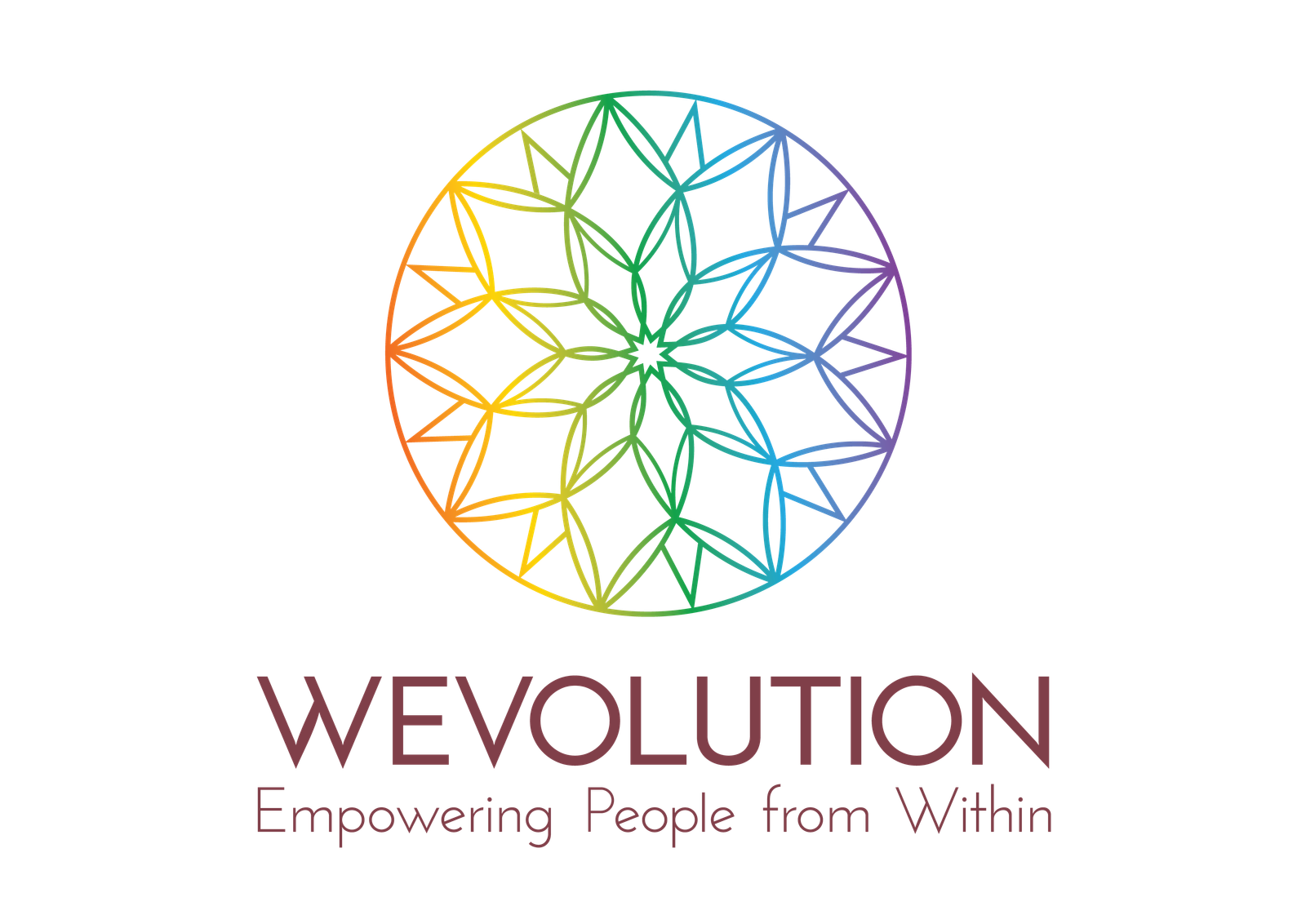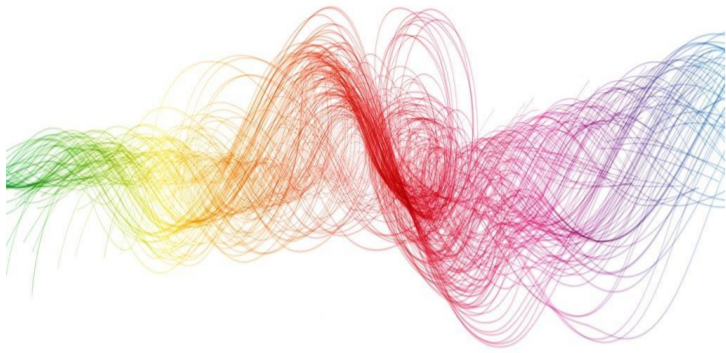By Helena M. Herrero Lamuedra
“You want a revolution,
I want a revelation.
So listen to my declaration.”
Lin-Manuel Miranda, Hamilton
These times of global turmoil demand personal and professional reinvention. With many others you will feel the urge of reinventing yourself. This article is a mosaic of personal experiences, as well as valuable insights gathered from conversations with coaching clients. It is aimed to spark a reflective pathway to start a journey of reinvention.
Many of us (mostly those with careers in corporate America) usually reach a point (prompted by stage of life, stage of the business, or stage of circumstance), in which we ask ourselves why and how to move forward with our lives -personally and professionally. We have forged a reputation backed by solid and successful careers based on 3 or 4 tricks that we do very well and which have permitted us to score some serious successes. So why change? And why now?
The current COVID-19 new-normal is providing a state-of-the-art springboard for personal reinvention. It metamorphosed the world as we knew it in a few days, tearing down “the way things were” into a new norm. The nudge to reinvent ourselves is self-evident. Many of us don’t have places to go back to, or careers to resume, or business opportunities to realize. As Eric McNulty (Harvard University) says, resilience is not the ability to bounce back, but to bounce forward.
So here we are, without a world to go back to, and unsure where to bounce forward.
Prof. Carol Dweck (Stanford University and author) has laid the invaluable concepts of fixed and growth mindset. In my appreciation a fixed mindset is “the world is as it is. I am as I am. And that is that.”. Growth mindset as I see it deals with the concept of “things transform. There are many possible futures, and I can change.”
This second framework constitutes a venue for exploration, a radical necessary activity to realize personal reinvention. As Satya Nadella (Microsoft CEO) states, moving from a place of experts to a mindset of learners permits breakthroughs in technology… personally and professionally. When we are in the learner mindset, we are curious and ask questions; we allow ourselves to laugh at the incongruencies; we seek the company of others (and listen to them!); and we crowdsource our way forward.
Learning is about expanding what is known (the cozy, comfortable, predictable, “and who I am”), to allow ourselves some discomfort by trying and testing what we have never done. It’s about allowing revolution, revelation, declaration… or the three of them at the same time! It is moving from “this is who I am” to “this is what I am becoming” and opening endless possibilities. This is a state-of-mind that practitioners in design thinking and futures thinking leverage systematically. It can yield surprising, expanded and inclusive results.
In my personal experience, the practice of yoga constituted a “via regia”. It has taught me to explore flexibility, find inner space, stretch where it seems I couldn’t, and see things from different perspectives as I do upside-down poses. Finding a nurturing conversation between body and mind relays in four pillars: balance, strength, flexibility and opening. And most importantly, transitioning in and out of poses, finding and letting go in the flow.
Let me share 5 suggested-to-do strategies, certainly not new, that I “bundled” around the journey of personal reinvention, to prompt action for those that are ready to try:
1. Be aware of the company you keep: the motivational speaker Jim Rohn states that you are (at least in part) a result of the 5 people you more frequently and extensively interact with. Design who you will pick as partners for your journey, make sure your buddies embody curiosity, exploration, and a good sense of humor..
2. Design your day-to-day for exploration: if you want to lose weight, don’t leave a cake on your kitchen counter! Give yourself space and time to try new things, such as brushing your teeth with “the other hand”. That will start to create “memories” of “things done differently”.
3. Exercise!: whatever you do, use your full lung capacity, raise your metabolism, elevate your cellular vibration. It is easier to change when your body is prepared and willing to. Convert your body into your ally for reinvention.
4. Use frequently the “what if” mind frame, as in “what if I can respond differently?”, “what if she didn’t mean what I thought?”, “what if there is another way to solve this?” Unstuck your brain from “there is only one possible way”, and start entertaining other possibilities.
5. Keep a diary: collect your thoughts, and see your new self revealing in the pages. Articulating in handwriting your thoughts will reduce anxiety and create some distance with emotions, and will prompt reflection and subsequent action.
Last but not least, when in doubt, revert to Ralph Waldo Emerson words: “Every wall is a door”.
Happy reinvention!


Recent Comments